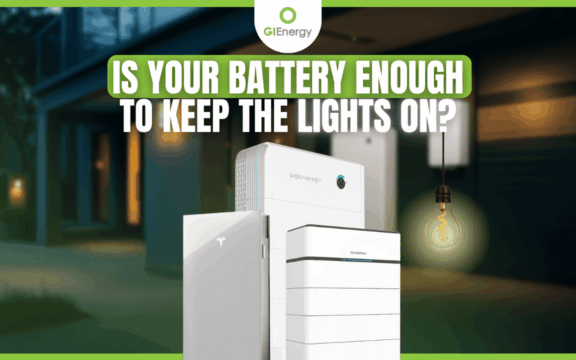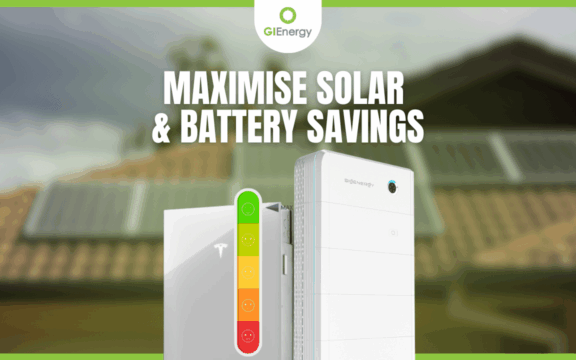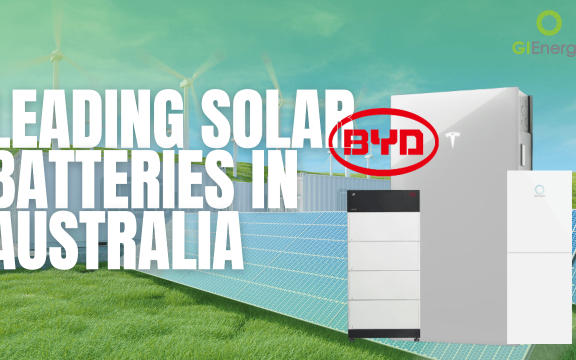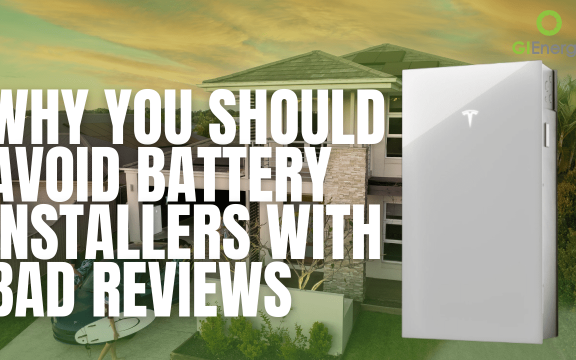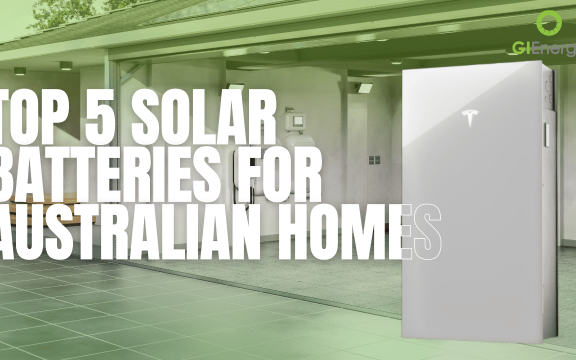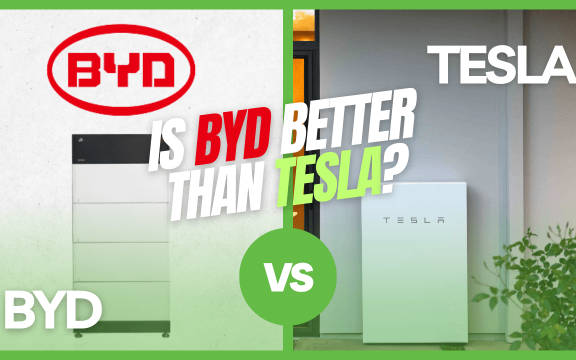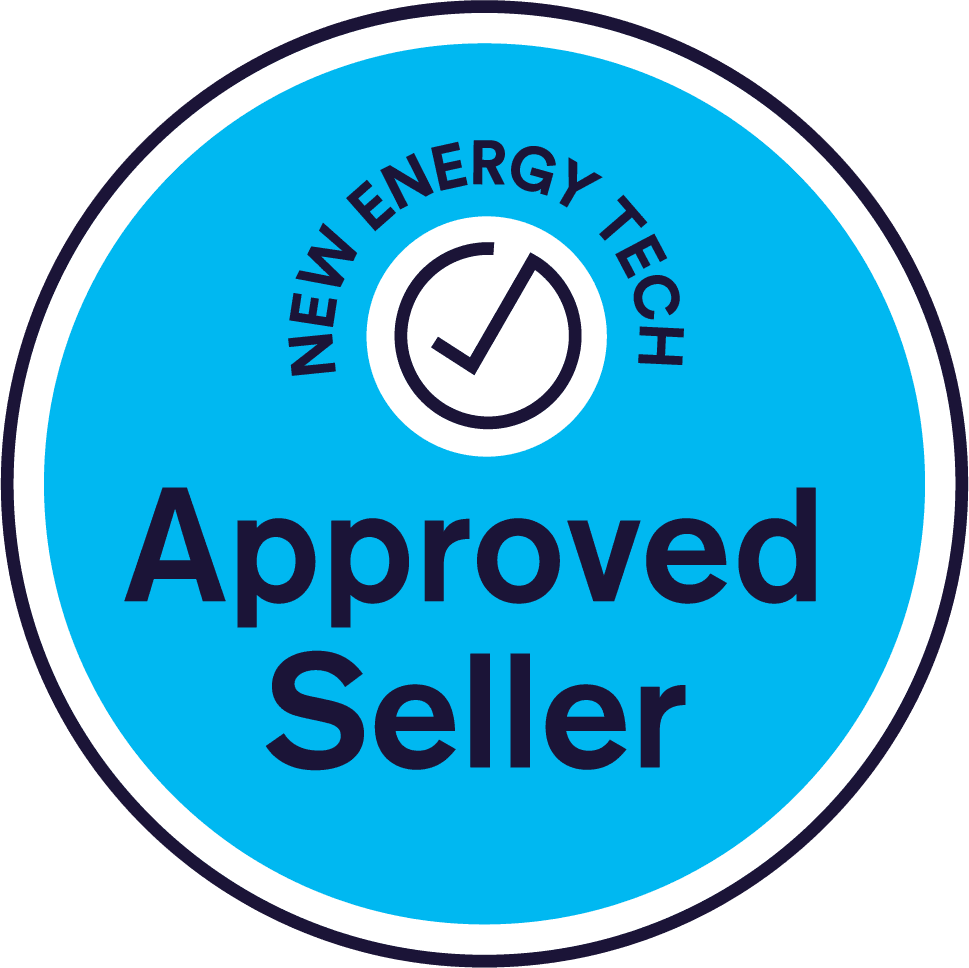Maximise Solar and Battery Savings
Quick Answer:
To maximise solar and battery savings, size for winter loads, choose quality hardware with the right inverter-to-battery ratio, automate daytime loads (hot water, pool, EV, AC), and use a smart tariff or VPP that suits your battery size. Track results and fine-tune in month one.
Why this guide is different: Maximising solar and battery savings
After 16+ years helping Australians design “mini power stations” at home, our team has seen what works—and what quietly kills ROI. In this guide, we merge those lessons with government best practice and industry standards to help you save more, sooner. The Cheaper Home Batteries Program makes batteries really affordable for Aussie homeowners but getting it right after the battery is installed is really important!
Start here: define your goal, get a proper design, then size for winter
Most homes save more when the system is sized around winter usage. Short days and a lower sun angle mean solar production can drop to a third of summer output. If you only size for summer, the “expensive months” will still sting.
This is because your solar panels will produce less energy in the winter months so naturally there will be less to go into your battery to power the home after dark. If you make sure you are planning for these lower production months, you can avoid bill shock that happens to some people.

What to do:
-
Build your load profile. Map daily use (and future changes like EVs, a pool, induction cooking, ducted AC).
-
Prioritise winter evenings. Ensure enough storage and discharge power to cover your peak usage window.
-
Electrify smartly. Replacing retiring gas with efficient electric (heat pump hot water, induction) raises self-consumption and savings.
GI tip: We’ll ask how much you want to use your AC and appliances after install. If comfort use is likely to rise (it often does), we size accordingly so your bill still plummets—without lifestyle compromises.
Choose quality gear—and the right ratios
Hardware isn’t just about brand names; it’s about matching battery capacity to inverter power so you can charge/discharge when it matters.
-
Avoid bottlenecks. A big battery with a small inverter can take 10+ hours to fill; a properly sized inverter can halve that.
-
Stick to reputable products. There has been a flood of new batteries enter the Australian market in recent times and unfortunately a lot of these will most likely not stand the test of time. Choose reputable panel, inverter and battery brands (think Tesla Powerwall, Sigenergy, Fronius, Sungrow). This protects safety, warranties, and rebates.
- Make sure you get the right installer – The Australian solar industry is predominantly a price focus space. It is easy to lower costs and advertise cheap prices to win business. This approach can often lead to poor quality designs, installs and after sales service. Choose your installer wisely and do your due diligence.
Internal reads for deeper dives:
Orientation, strings, and roof reality
Another way to maximise solar and battery savings is to match panel orientation to your life:
-
Work-from-home? Bias to north for long, steady daytime output.
-
Home late? Add meaningful west for 3–6 pm air-con and cooking.
-
Mixed? Blend orientations to flatten your curve and feed the battery steadily.
The 60-minute habit that saves thousands
One of our team members saves ~$5,000/year with a modest ~11 kWh battery by stacking simple automations into the 11 am–2 pm window (or your local “solar-rich”/cheapest tariff window) and here’s how he maximise solar and battery savings:
-
Hot water: Run a timer/relay to heat only in the middle of the day.
-
Pool pump & heater: Shift filtration and heating to solar hours.
-
Air-conditioning: Pre-cool from ~11:30 am so the system idles by late afternoon, reducing hard evening peaks.
-
EV charging: Plug in during the daytime on weekends; cap the charge rate to match your surplus.
These are “set and mostly forget” moves that preserve your battery for the expensive evening. (Government guidance also emphasises monitoring and using more of your own solar during the day.)
Tariffs & VPPs: pick what fits your battery
Not all plans are equal. Choose based on battery size and household routine.
| Strategy | Best for | How you save | Watch-outs | Typical tools |
|---|---|---|---|---|
| Time-of-Use (ToU) | Small–medium batteries | Charge battery in cheap window; shift loads to solar/cheap periods | Needs automation; ensure off-peak window truly cheap/free | Retailer ToU plans; smart EV charger |
| Solar-max self-consumption | Any battery | Run big loads in solar hours; use battery at night | Without timers you’ll burn evening battery on AC | Timers/relays for HWS, pool, AC |
| VPP (Virtual Power Plant) | Medium–large batteries | Get paid to export at peak prices; sometimes negative midday prices (you’re paid to charge) | Read T&Cs (export control, cycling) | Providers like Amber and others; see our Amber Electricity Review |
Maintenance & monitoring: protect performance to maximise solar and battery savings
-
Use your app weekly in month one. Compare generation, self-consumption, import/export, battery state of charge.
-
Adjust timers by season. Shift HWS/pool windows and AC pre-cool timing as daylight changes.
-
Keep panels clean & safe. Basic cleaning and periodic checks improve yield and longevity; follow best-practice guidance.
For additional battery-care perspectives (depth and longevity tips), contact us and we will help you towards your solar savings journey.
Want help? Download our Free Solar Battery Buyers Guide to learn more.
FAQs
How big should my battery be to maximise savings?
A battery should be designed based on your individual load profile, your back up requirements and your expectations around return on investment. Typically you can ‘over size’ the kWh storage of a battery by 30% on top of your average daily use after solar, to get an indicative size but you should really deal with a professional to get it right.
Is a VPP worth it?
If you have a medium–large battery and predictable evening peaks, VPPs can pay well for exports during high-price events; just review cycling, control, and tariff terms.
What’s the simplest change with the biggest payoff?
Timer-shift hot water, pool, and AC pre-cool into late morning–early afternoon. It’s usually 70% of the win with minimal effort. Government guidance also encourages using more of your own solar in the day.
Do brand names matter?
Yes—stick to reputable batteries and proven inverter/panel brands (e.g., Tesla, BYD, Fronius, Sungrow). It protects safety, warranty, and rebate eligibility.
What rebates are available in 2025?
The Cheaper Home Batteries Program is a federal battery rebate that pays for a significant portion of the battery cost.
About GI Energy
GI Energy is an award-winning Australian solar and battery installation company with over a decade of experience. Known for ethical practices, high-performance systems, and exceptional after-install support, GI Energy is trusted by homeowners, councils, schools, and major businesses nationwide.
Written by Daniel McCabe, founder and strategist at GI Energy. With over 16 years in the energy industry — from procurement to solar and holistic energy management — Daniel is focused on helping Australians take a balanced, long-term approach to their energy needs. His insights combine real-world experience with a strong belief in intelligent, ongoing support — not just one-off solar installs.


